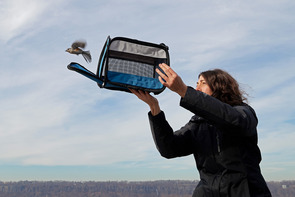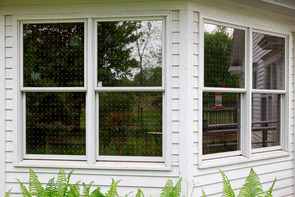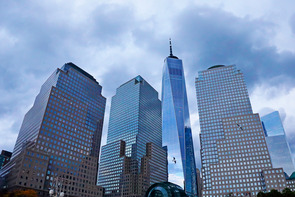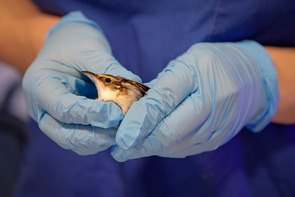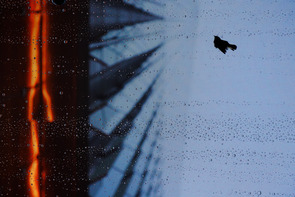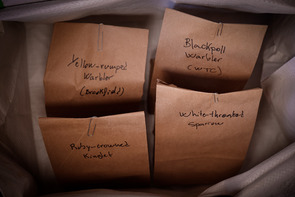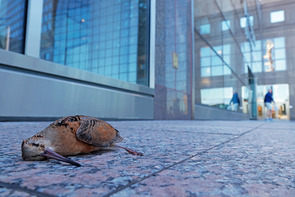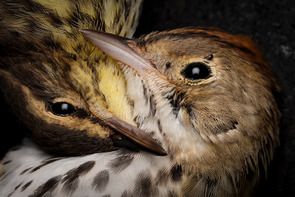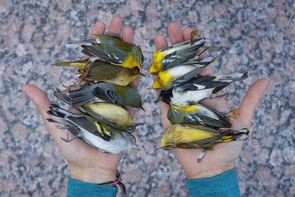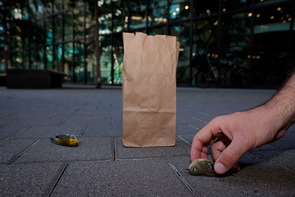Winner: Hector Cordero - Spain
Hector Cordero was born in Cilleros (Spain) in 1988. From an early age, he developed a love and passion for nature and spent countless hours observing the behaviour of animals on his family's farm. As an adult, Hector decided to study biology. He taught himself photography and bought his first camera from his undergraduate research grant in order to be able to record animal and plant species during excursions. In subsequent decades, Hector has never stopped learning about photography and mastering various genres including landscape, macro and, especially, wildlife photography.
Initially, Hector's wildlife photography focussed on documenting animal species and capturing their beauty. With time, however, he grew aware of the challenges and threats facing our planet's species and his photography became more conservation-oriented. Now Hector documents problems in a forthright manner and tells stories that are sometimes difficult to digest.
In recent years in New York, Hector Cordero has focused on the effects of light and glass on bird migration, the importance of rehabilitation centres for injured animals, the restoration of sensitive habitats such as marshes and coastal areas, and breeding programmes for endangered species. Hector currently combines his roles as a scientist and communicator with his work as a nature guide and conservation photographer. He has been on the juries of several international nature and conservation photography competitions and is a member of the Spanish Association of Nature Photographers (AEFONA).
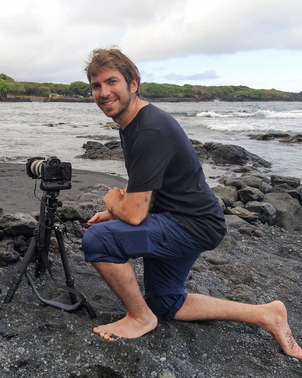
www.corderonature.com
www.instagram.com/corderophoto
Project: Invisible killers – the impact of light and glass on migratory birds
This portfolio showcases the dangers faced by birds each year during spring and fall migration. In the United States alone, around 624 million birds die each year from collisions with building glass. One of the epicentres of such collisions is New York City, where scientific studies report that up to 230,000 birds loose their lives annually on the asphalt of the city that never sleeps.The causes of this high mortality are purely anthropogenic: on the one hand, artificial lighting attracts and disorients birds on their mostly nocturnal migration. On the other hand, reflective glass surfaces mirror the sky and surrounding vegetation, making buildings invisible to birds and leading to fatal collisions.
While volunteering with Project Safe Flight to rescue injured birds in New York City between six and eight every morning during migration for the past four years, I have been able to take many photographs. Furthermore, I have documented the work of the Wild Bird Fund wildlife rehabilitation and education centre in Manhattan where injured birds are rehabilitated and later released back into the wild. And finally, I have documented the implementation of surfaces with special glass and films, which, according to the latest research by the Audubon Society, can reduce collisions by up to 85%.
Collisions are the second most common cause of bird mortality worldwide. I hope my portfolio will raise awareness of this global issue - a problem that can be mitigated by reducing artificial light in buildings and using bird-friendly materials to make our buildings less deadly.

In the US, New York City has one of the highest bird mortality rates related to collisions with building glass. Every year, around 230,000 migratory birds die in this manner. The buildings in the city's financial district form a hotspot for such collisions. This photograph shows several birds flying in front of a phalanx of office buildings and malls with reflective glass and night-time illumination.

On this particular morning, I woke up at 4:30, as I do every day during bird migration, to catch the 5 am subway to midtown Manhattan in order to monitor bird–window collisions around sunrise. It was a foggy morning with rain and wind. Thinking there were some leaves on the overhang of World Trade Center 1, I went in for a closer look. In actual fact, it was an American redstart (Setophaga ruticilla) that had collided with the glass front of the building. Most migratory birds are nocturnal and are drawn towards the brightness of these tall, empty, yet illuminated, buildings.

Most migratory bird species cannot pass the "mirror test", i.e., they cannot distinguish real vegetation from reflected vegetation. The American woodcock (Scolopax minor) is one of the most frequent victims of collisions with building glass in New York City. Large eyes located high on their heads provide an almost 360-degree visual field that is excellent for predator detection but makes the birds vulnerable to head-on collisions. This photo shows a dead American woodcock in front of a building in the financial district where most people ignore this problem or are unaware of its magnitude.
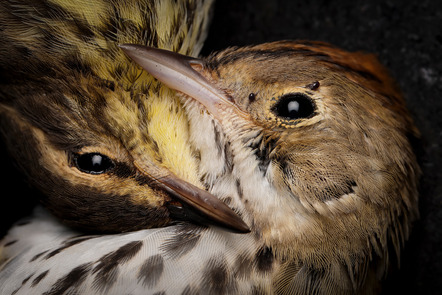
Two migratory birds, an ovenbird (Seiurus aurocapilla) and a northern waterthrush (Parkesia noveboracensis), found dead after colliding with a building in Downtown Manhattan. Many species migrate together and, sadly, also die together. Ovenbirds and northern waterthrushes are among the most common victims in Manhattan due, among other factors, to their propensity to forage close to the ground and near water.

A volunteer holding two handfuls of birds that died after colliding with glass panes in Downtown Manhattan. These birds are just a fraction of the victims found on this particular morning.

A ruby-crowned kinglet (Corthylio calendula) injured in a collision with a window being picked up by a volunteer for transfer to the Wild Bird Fund's rehabilitation centre in Manhattan. Due to their small size and hyperactive behaviour, members of this species have an extremely low probability of surviving collisions.
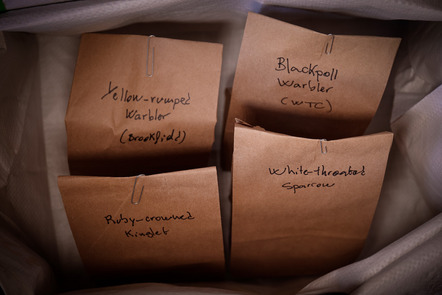
Injured migratory birds in paper bags being transported to the Wild Bird Fund's rehabilitation centre in Lower Manhattan. If you find an injured bird outside of your house or on your way to work, it is best to place it in a paper bag and bring it to the nearest wildlife rehabilitation centre.
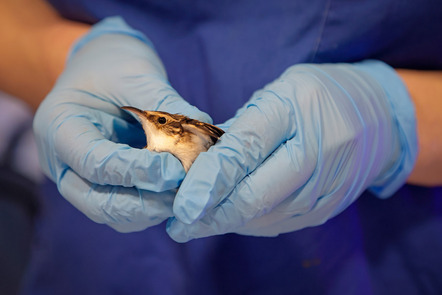
Upon arrival at the rehabilitation centre, birds are examined to establish the correct diagnosis and then given adequate treatment. Location, species, date, and other relevant data are noted for each animal. In this photo, an American treecreeper (Certhia americana) is being examined by Rachel, a wildlife rehabber at the Wild Bird Fund rehabilitation centre.

Once an injured bird has recovered, it is released back into one of New York City's open spaces so that it can continue its migration. Here, a tufted titmouse (Baeolophus bicolor) is being released by a wildlife biologist after recovering from a collision.

Collisions with building glass seriously impact survival in most bird species. However, current research shows that measures such as UV-treated glass, applications of tempera paint, taped on patterns, and Zen wind curtains can effectively reduce bird strikes. In this photo, we see a home in New Jersey equipped with Feather Friendly® window markers to prevent bird-window collisions.
It is important to reach out to both local and federal authorities to promote legislative changes concerning the introduction of bird-friendly building glass and to support the companies implementing such measures.









